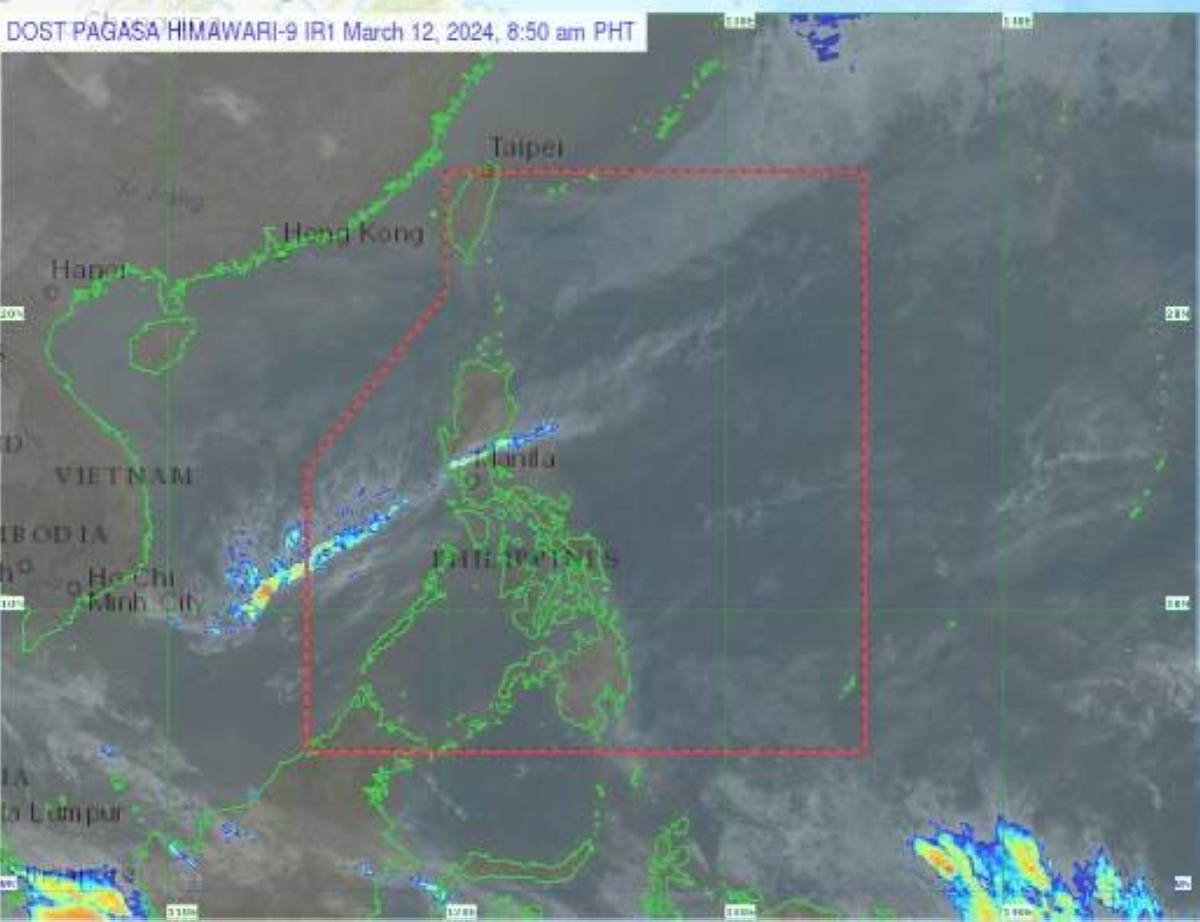Effects of Northeast Monsoon Weakening in the Philippines
The effects of the northeast monsoon, locally known as “amihan,” are gradually diminishing in the Philippines, according to the Philippine Atmospheric Geophysical and Astronomical Services Administration (Pagasa). While areas in extreme Northern Luzon are still experiencing its impact, the rest of the country can expect a shift in weather patterns.
Pagasa weather specialist, Rhea Torres, explains that over the next 24 hours, the northeast monsoon will bring partly cloudy to overcast skies with isolated light rains to the Cagayan Valley, Cordillera Administrative Region, and Ilocos Region. This information is crucial for residents in these areas to plan their daily activities accordingly.
It is worth noting that Pagasa’s data and analysis have not detected any formation of tropical cyclones or low-pressure areas within or outside the Philippine Area of Responsibility. This is reassuring news for the general public, as it means there are no immediate threats of severe weather disturbances.
However, Torres mentions that there are cloud formations observed in Mindanao, which may result in scattered downpours and thunderstorms in the region. It is important for residents in Mindanao to stay informed and prepared for potential changes in weather conditions. Although these weather events are expected to be short-lived, it is always advisable to take necessary precautions to ensure safety.
Meanwhile, the rest of the country, including Metro Manila, is experiencing the influence of the easterlies. These are winds originating from the east, passing through the Pacific Ocean, and bringing humid and warm weather. As a result, partly cloudy to cloudy skies with isolated rain showers or thunderstorms may occur in these areas. It is essential for residents to be aware of these weather conditions to plan their outdoor activities and travel arrangements accordingly.
Understanding the impact of the northeast monsoon and the easterlies is crucial for the safety and well-being of the Filipino people. By staying informed about the weather conditions, individuals can make informed decisions and take appropriate measures to mitigate any potential risks.
It is important to note that weather patterns can change rapidly, and it is advisable to regularly check updates from reliable sources such as Pagasa. Additionally, it is always recommended to adhere to local laws and customs when it comes to weather-related precautions. Each region may have specific guidelines and protocols in place to ensure the safety of its residents during different weather events.
In conclusion, while the effects of the northeast monsoon are weakening in most parts of the Philippines, it is still influencing areas in extreme Northern Luzon. The easterlies are also affecting Metro Manila and the rest of the country, bringing partly cloudy to cloudy skies with isolated rain showers or thunderstorms. By staying informed and prepared, individuals can navigate these weather conditions safely and minimize any potential disruptions to their daily lives.







